CT scan revealed 1000-year-old mummified monk inside of a statue
It looks like Meander Medical Center in Netherlands hit jackpot. Their recent discovery could be the real deal. In a nearly 1000 year old Buddha statue they found hidden mummy. The mummified monk recieved CT scan and scientists also took samples with endoscope.
The leader of this study is Erik Brujin, an expert in the field of Buddhist art and culture. He is also culture and guest curator at the World Museum in Rotterdam. The team from the Meander Medical Center and worked in their free time. Reinoud Vermeijeden, a gastrointestinal doctor, and Ben Heggelman, a radiologist did the CT scan and endoscopy on September 3, 2014. After they received a results, they confirmed that statue contained very well preserved remains of mummified monk who died around 1100 AD.
This statue was part of the Mummies exhibition in 2014. It is believed that the monk inside is Chinese master Liuquan of the Chinese Meditation School but the researchers did not say what allowed them to identify the mummified monk. Discovery of this mummy has a great cultural significance. Its is one of the kind but also the only Chinese Buddhist mummy that is available for scientists to study in the West.
Vermeijden used endoscope specially made by Surgical Technologies in Didam to take the samples of bone material for DNA testing. In between rotten material and the space where once organs used to be, they also found paper scraps that are written in ancient Chinese characters.
The researchers involved also said that this might be one example of self-mummification where monks willingly went through years of grueling rituals to mummify themselves to death. This practice was also popular in Japan, starting around year 1000 AD till 19th century, when it was officially banned.
The monks who took this path had to stay away from food, except nuts, fruits seeds and berries. The food helped them to loose all body fat. For the next one thousand days they ate only roots and bark. Near the end of the period they would drink poisonous tea made from the sap of Urushi tree. This tea made them vomit and also caused rapid loss of body fluids. That was not the only purpose. It also served as preservative – it killed maggots and bacteria that would cause the body to decay after death. After more than 6 years of torturous preparation, the final stage arrived and the monk locked himself inside a stone tomb. This tomb was barely larger than the body of monk and the monk would go into a state of meditation. The soon-to-be mummified monk was seated in lotus position and he would not move until he died. For delivering the oxygen, they used small air tube. Every day, the monk inside rang a bell to let outside world knew that he was still alive. After the bell stopped ringing, the air tube was removed and the tomb was sealed for the last one thousand days.
[sc:ad-text]
After that, the tomb would be opened to see, whether the monk successfully mummified himself. If he was successful, the monk was raised to the status of Buddha. His body was removed and placed in a temple where he was worshiped by others. If he was not successful, the monk was resealed inside the tomb and respected for his endurance but he was not worshiped.
This mummified monk is now in Hungary, where it is on display at the National Museum of Natural History in Budapest. The statue will be there until May 2015.
source: nltimes.nl
[sc:end t=”Mummified Monk Found Inside Chinese Buddha Statue”]

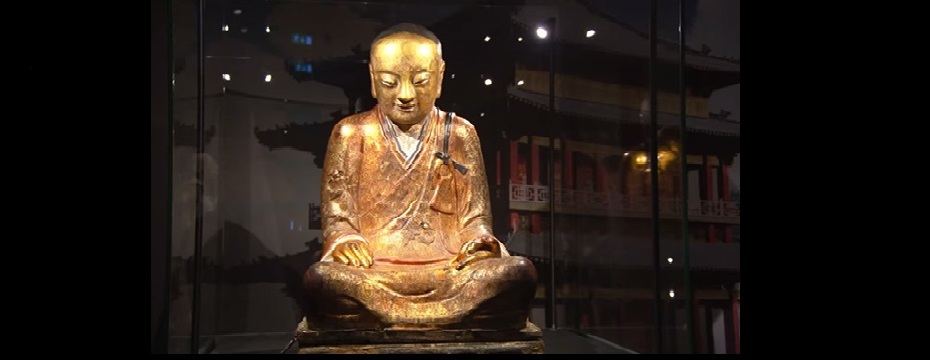
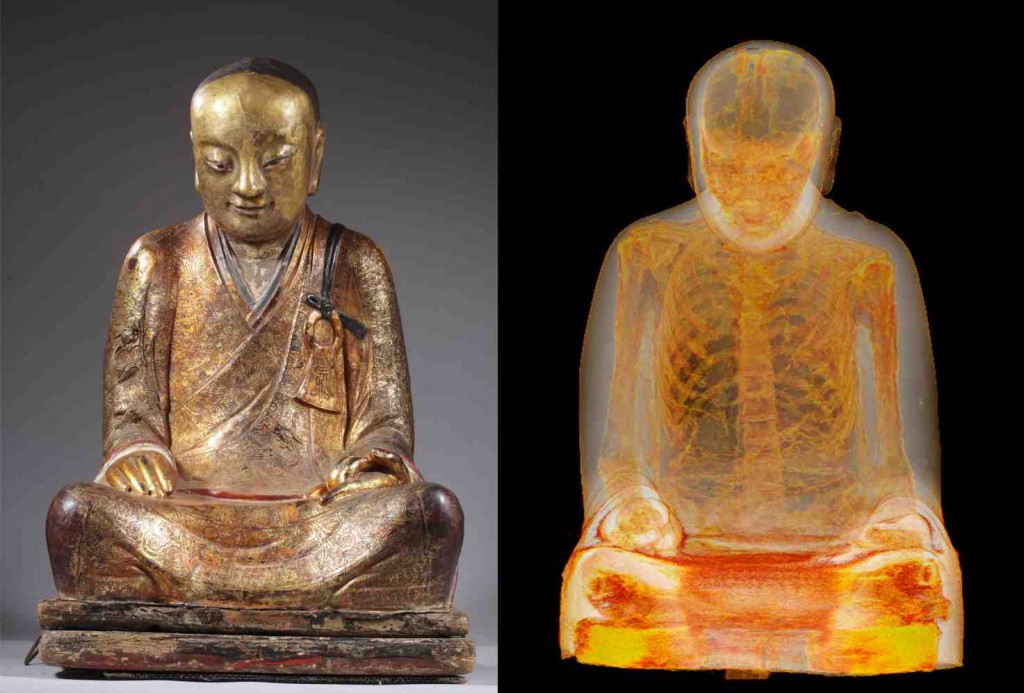
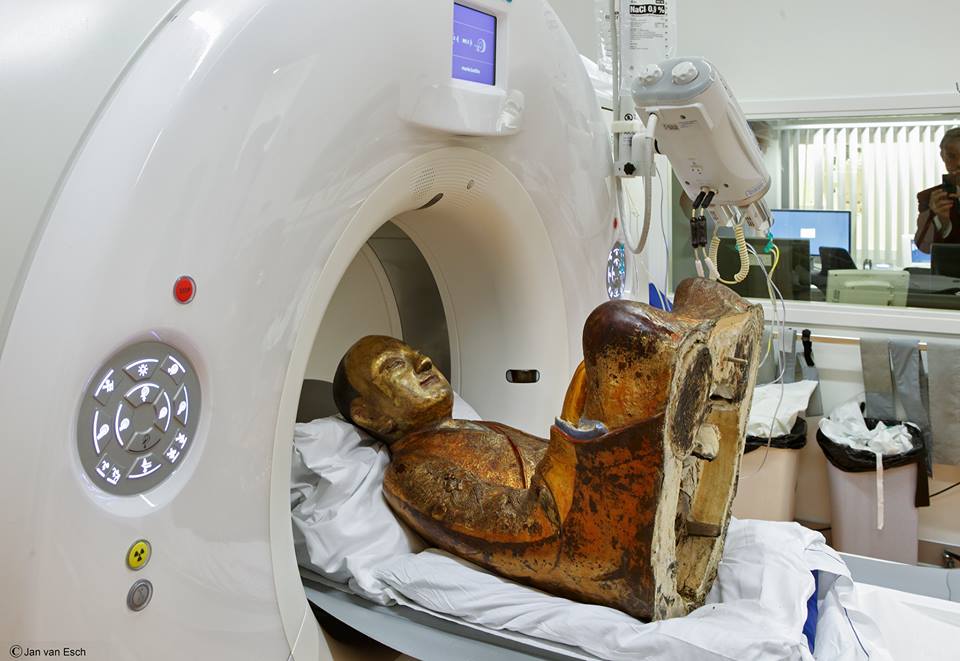
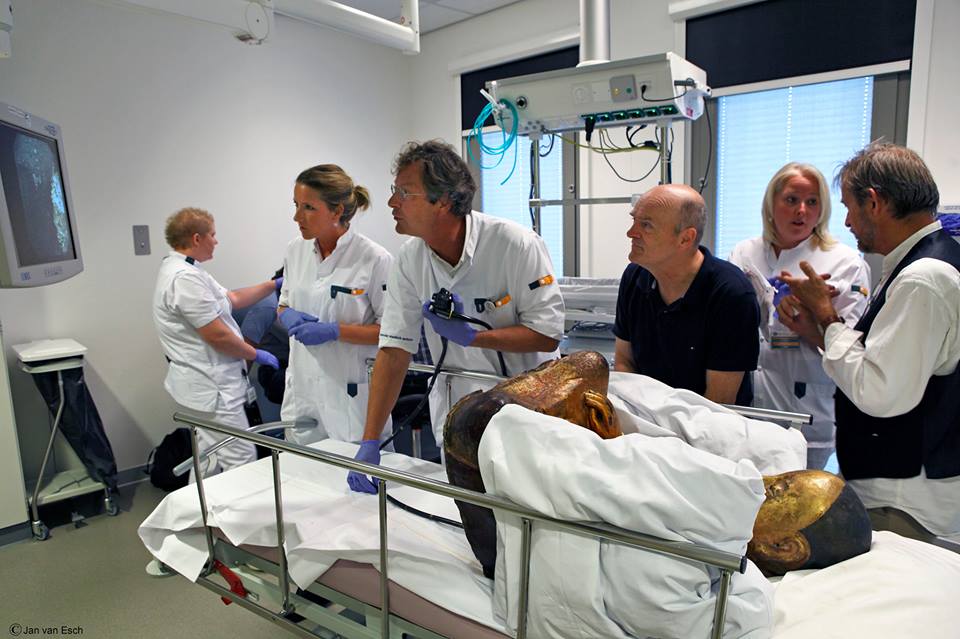
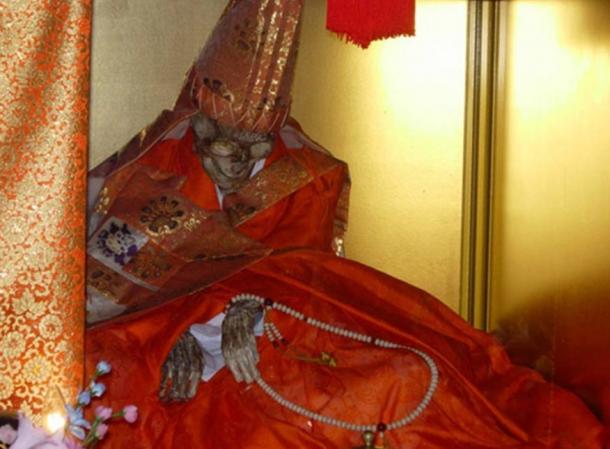
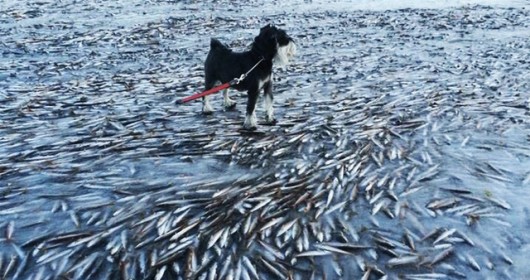
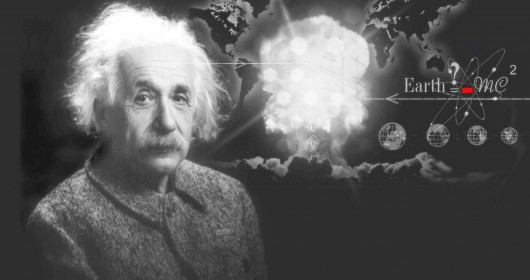


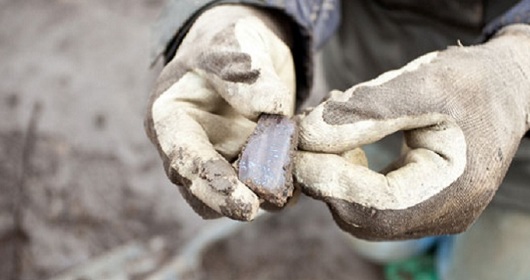
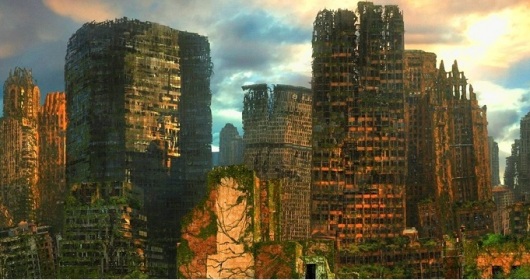
Leave a Reply